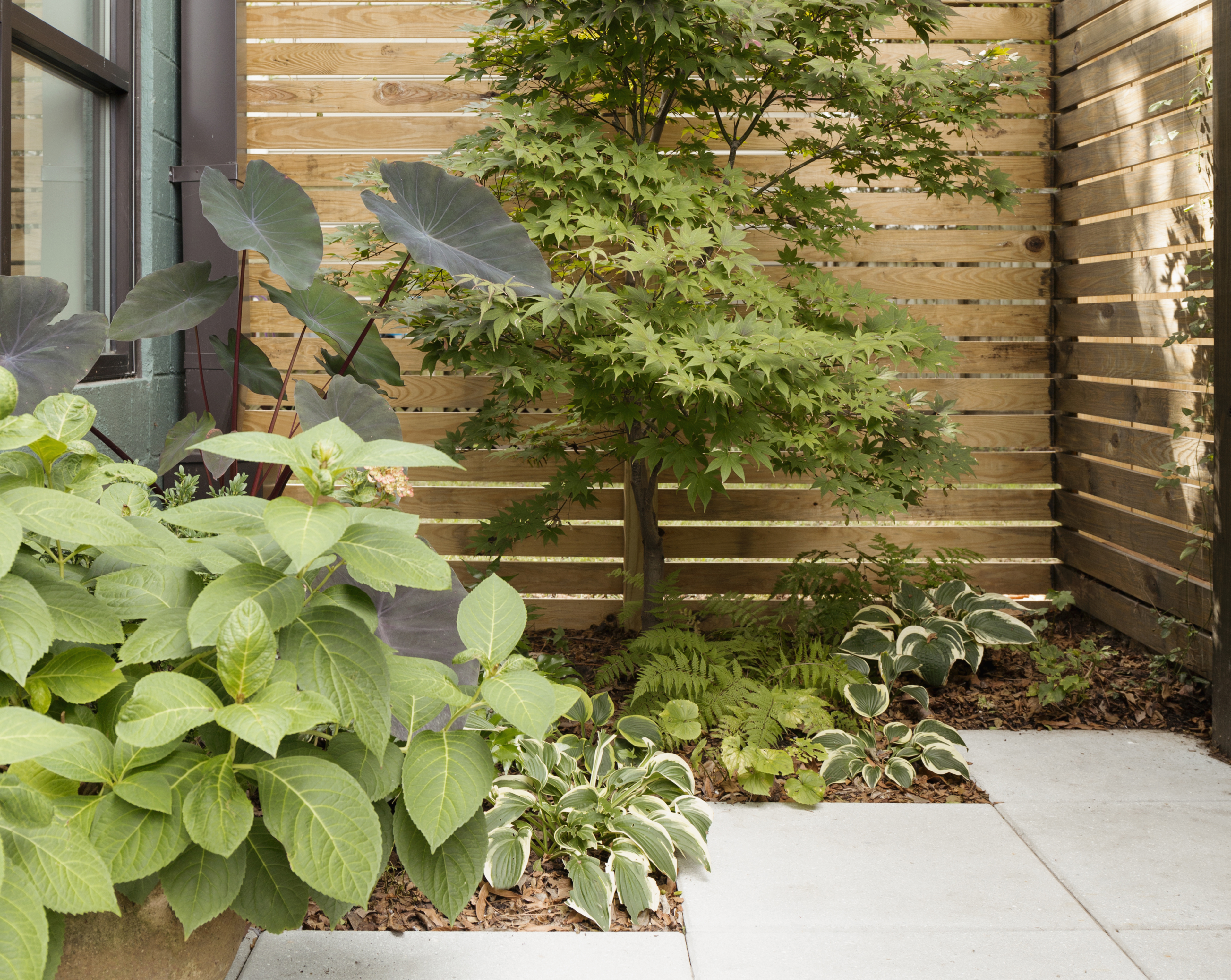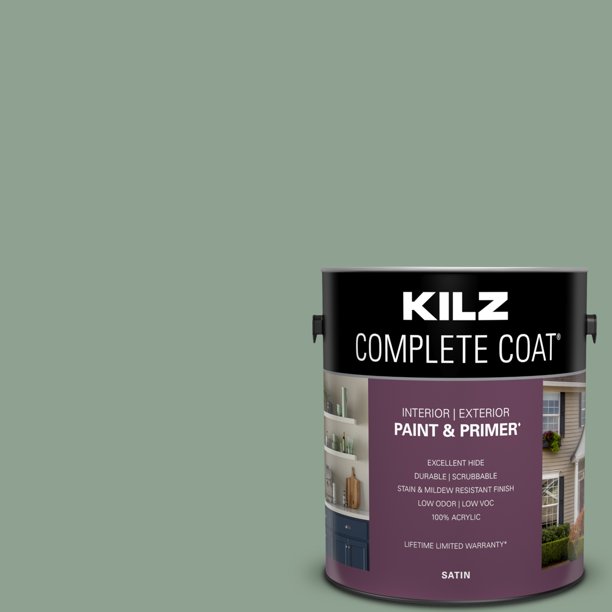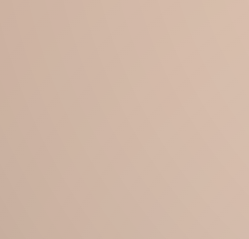4 colors to avoid when painting your fence – the shades that don't work for your boundaries and what to pick instead
As one of the main features of your home that passers-by will see, picking a pleasing fence shade is a must


The color of your fence is somewhat of an afterthought when it comes to your landscaping ideas. Go-to choices tend to be white for picket fences or a default brown for taller borders, but the perimeter of our property should be an extension of what's inside our homes - and that means characterful colors. However, knowing which shades to use for ultimate curb appeal isn't quite so simple.
Why bother agonizing over a fence color, I hear you ask? Well, as one of the main features of your home that passers-by will notice, picking a pleasing shade is a must - not to mention the fact that your front yard is the first sight to greet you on your return home, too.
A beautiful fence can also do wonders for your backyard. As color expert Marianne Shillingford explains: 'In the garden, it’s the fence that frames our lawns, patios and planters - so choosing the right color to paint it is one of the simplest ways to show off your work in the gallery of the great outdoors.'
As ever, picking a fence color is really as much about bringing you joy as anyone else. That's why the suggestions here should only be interpreted as guidance, and not hard and fast rules to live by. With that said, here are the four fence colors experts urge you to avoid if you want to make the best impression, alongside some more stylish choices instead.
1. Dark Green

When it comes to outdoor spaces, a dark green may seem like a natural choice since it blends in, thus preventing your fence from looking too incongruous. A garden fence that blends into its surroundings, however, might not be the best choice, either practically or aesthetically.
'While it's important to consider the overall aesthetic and style you want to achieve, it's generally best to avoid colors that blend too closely with surrounding elements,' explains Tash Bradley, director of interior design at Lick. 'For example, if you have a lot of greenery in your garden, painting your fence a similar shade of green might make it visually disappear and lose its intended purpose as a boundary or backdrop.'
For a trendier alternative that's subtle but still easily seen, sage green is a safe choice. 'Its earthy, calming tones help to create a welcoming outdoor space when used for a fence, while also making your garden appear bigger,' says Michael Rolland, paint expert at The Paint Shed.
The Livingetc newsletters are your inside source for what’s shaping interiors now - and what’s next. Discover trend forecasts, smart style ideas, and curated shopping inspiration that brings design to life. Subscribe today and stay ahead of the curve.
If you're after an earthier green, Tash suggests olive. 'This can blend well with the natural surroundings and create a harmonious, organic feel,' she says. 'It often works particularly well in rustic or country-style gardens.'
2. Jet Black

When it comes to metal fences, black is a popular color. For heavier block wooden fences, however, a jet black can make an overwhelming and oppressive border, especially if you have a small backyard. There's also the fact it absorbs heat which can make your outdoor spaces feel hotter in the summer.
Instead, experts agree that a slightly subtler charcoal grey is a more preferable choice. While grey tones may have been usurped inside the home, they make a great backdrop among the greenery of garden foliage, so they still have their time and place outdoors.
'We’ve seen a rise in silver-grey fence paint which is a great option for those looking for a lighter, brighter boundary,' says Michael. 'If you are looking to achieve a jungle look or you want to showcase your plants, a darker color like trending anthracite grey can give the illusion of depth and make your plants and flowers stand out.'
Both Tash and Marianne agree that the exceptional circumstances where jet-black fences can work best are in more modern outdoor spaces where they create a dramatic look. 'Here, black will add a distinct graphic quality to the space and make everything in it pop,' says Marianne Shillingford of outdoor paint brand Cuprinol.
3. Hot pink

Pops of bright pink certainly have their place in our interiors, but when we're dealing with it in large qualities in natural spaces, it can look too harsh and overstimulating. 'As a fence color, this can create an artificial and jarring look,' Tash explains. 'It won't blend well with the outdoor environment and could make your garden feel less serene and peaceful.' There's also the fact that bright colors like these can attract pesky insects.
You don't want your fence to draw too much attention away from your garden's plants or other elements. Therefore, if you want to use pink, opt for a pastel hue or a dusky rose with a grey undertone to calm the color, such as Farrow & Ball's Setting Plaster.
To play it even safer, you could go with a delicate beige or taupe. According to Michael, these warmer yet understated tones are one of best choices for west facing spaces. 'A fence painted in one of these colors will maximize the warm tones that illuminate the garden during sunset,' he says.
4. Pigmented purple

Last on the list is a deep, pigmented purple. When it comes to avoiding fence colors, this shade actually has a far more practical reasoning than an aesthetic one. That's because painting your fence purple can actually signify private property, and is used in many States to warn off trespassers.
Of course, if that's why you aim to use this color then be our guest, but a deep purple can also be an unnaturally jarring color when used in an outdoor setting. Instead, a dark blue is a more favorable hue thanks to its associations with nature. 'These shades can also give the illusion of a bigger space by not drawing your attention to the boundaries,' says Micheal.
If your fence is on the tall side, however, it might be worth avoiding a vivid sky blue or cerulean which could blend too seamlessly with the sky on a sunny day, washing out your fence completely. We love the look of a pastel tone like a duck egg or a darker steel blue to complement the surrounding greenery in a more muted way.

Lilith Hudson is a freelance writer and regular contributor to Livingetc. She holds an MA in Magazine Journalism from City, University of London, and has written for various titles including Homes & Gardens, House Beautiful, Advnture, the Saturday Times Magazine, Evening Standard, DJ Mag, Metro, and The Simple Things Magazine.
Prior to going freelance, Lilith was the News and Trends Editor at Livingetc. It was a role that helped her develop a keen eye for spotting all the latest micro-trends, interior hacks, and viral decor must-haves you need in your home. With a constant ear to the ground on the design scene, she's ahead of the curve when it comes to the latest color that's sweeping interiors or the hot new style to decorate our homes.

